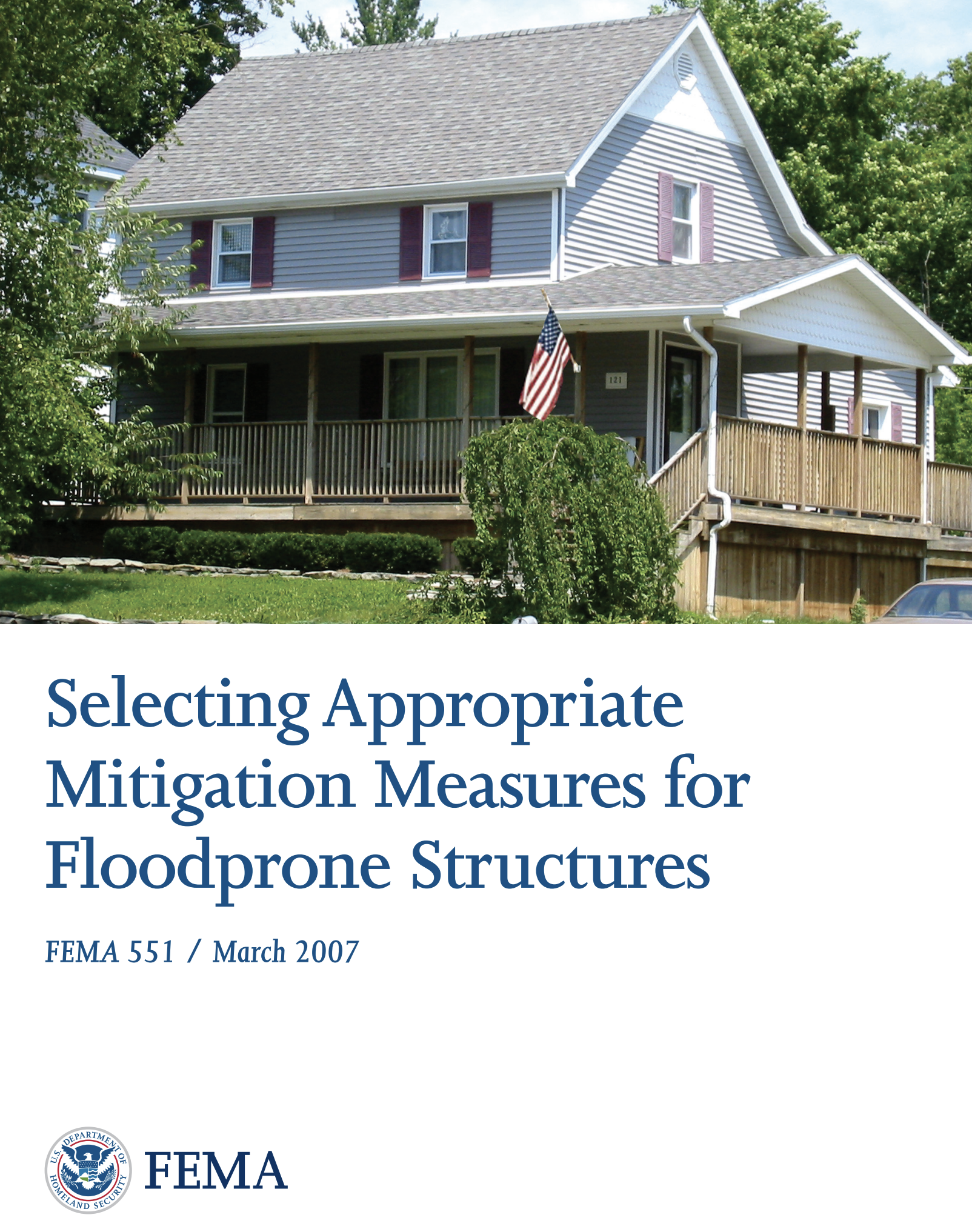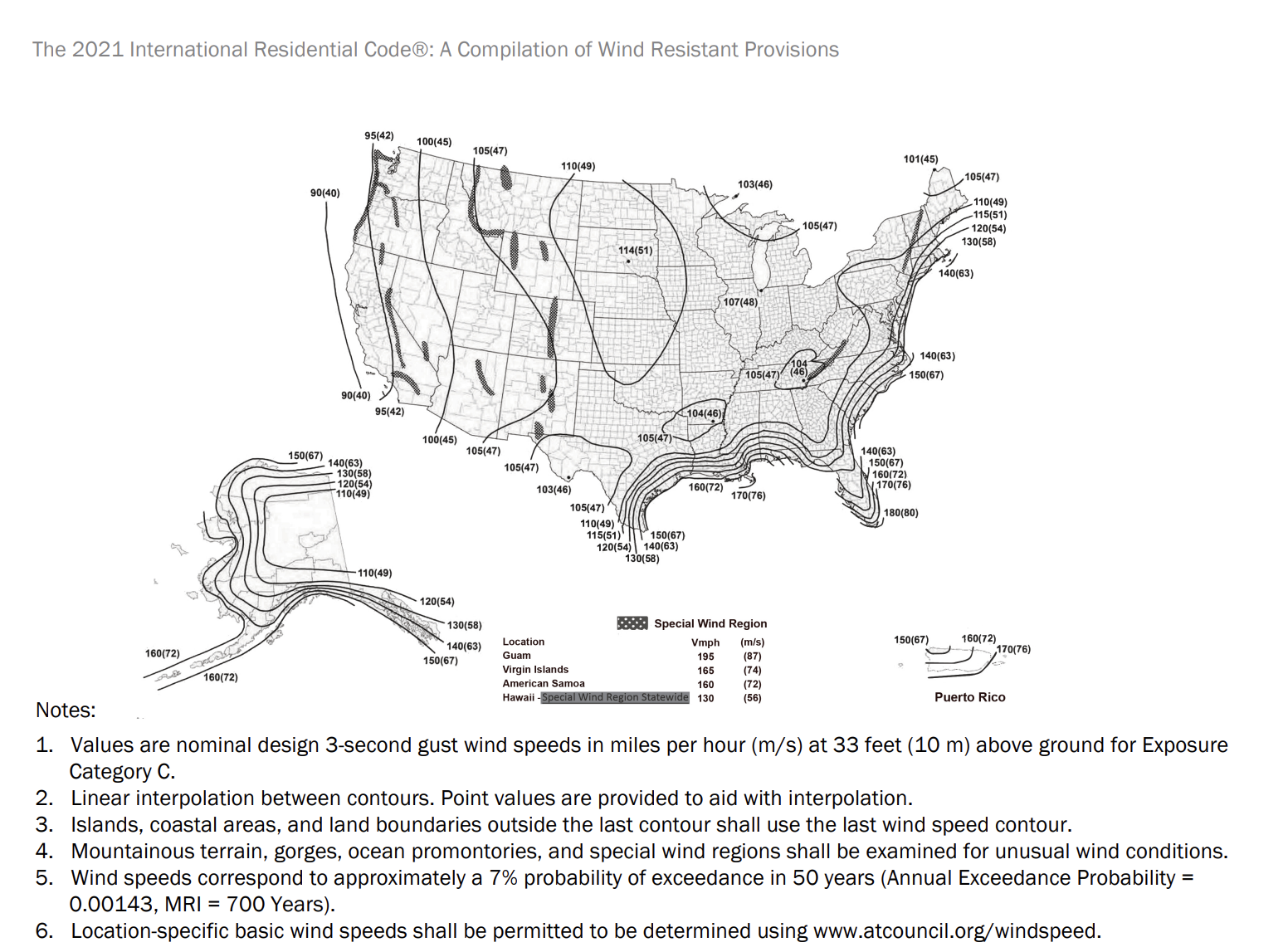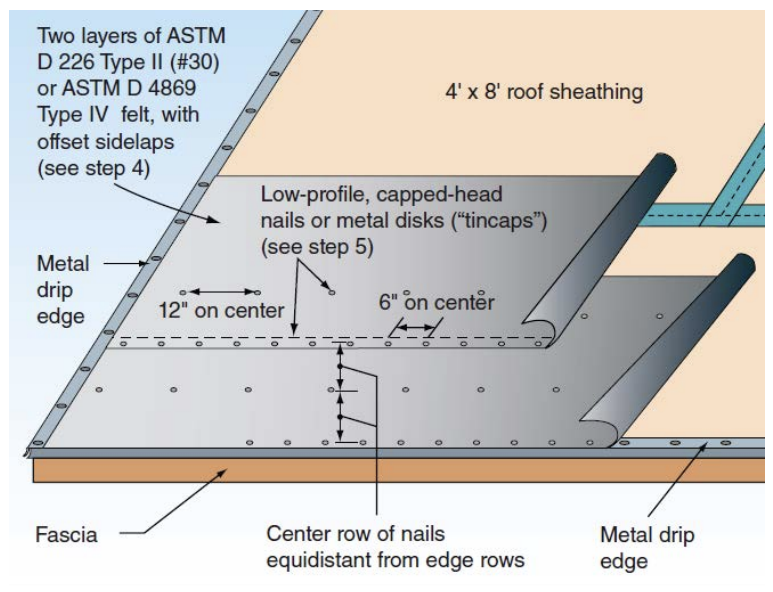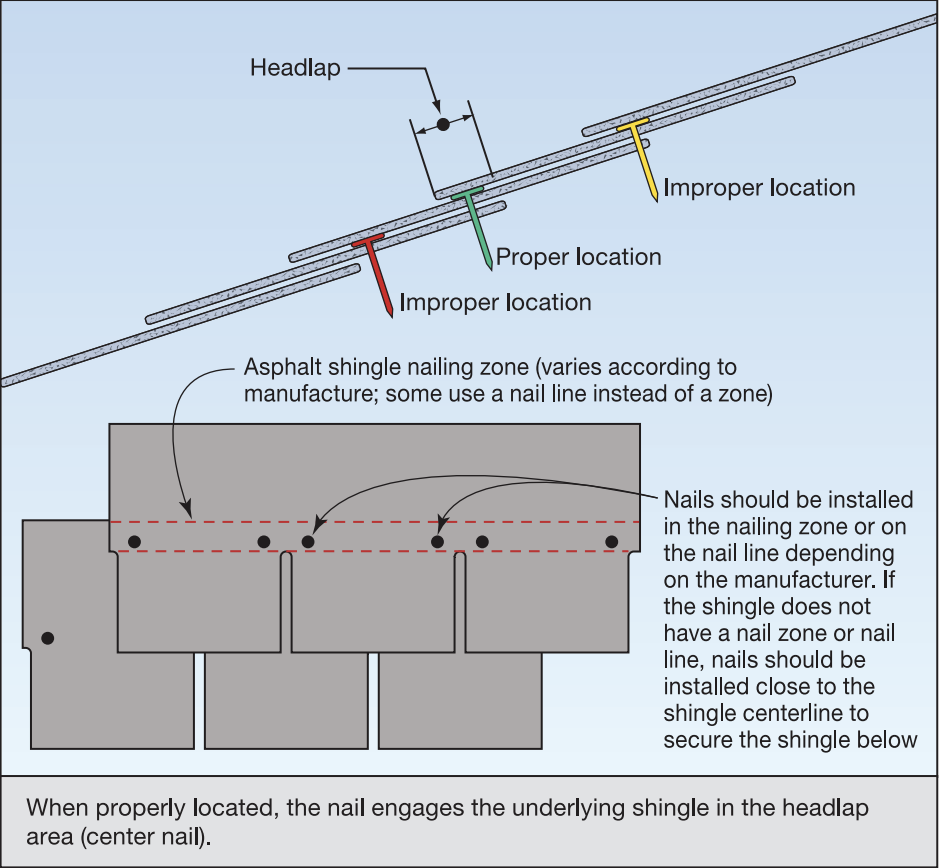When it comes to minimizing flood risks in both new construction and existing homes, FEMA provides invaluable guidance. These guidelines are essential for areas prone to flooding, ensuring safety and damage reduction. In this detailed blog, we will delve into FEMA’s recommendations and retrofit approaches for flood protection.
New Construction Strategies
To mitigate flood risks in new construction, FEMA recommends the following strategies:
- Elevated Construction:
- Build homes on elevated ground outside high-risk flood areas.
- Construct homes above the base flood elevation (BFE).
- Ensure compliance with the National Flood Insurance Program (NFIP) and local floodplain regulations.
Retrofit Approaches
FEMA provides retrofit approaches to enhance flood protection for existing structures. These approaches include:
- Basement Infill:
- Fill in basements located below the BFE to ground level.Retrofit remaining basement walls above ground with flood openings.Elevate basement utility systems to safeguard against flooding.
- Abandon Lowest Floor:
- Abandon the lowest floor of slab-on-grade residential buildings with more than one story.Retrofit lowest floor walls with flood openings.Elevate utility systems on the lowest floor.
- Elevate Lowest Interior Floor:
- Elevate the lowest interior floor within residential buildings with high ceilings.Install flood openings below the elevated floor.Elevate utility systems below the lowest interior floor.
Retrofit Strategies for Flood Protection
Wet Floodproofing:
- Utilize flood-resistant materials.Allow floodwaters to enter areas at a rate similar to the rising outside water level.Suitable for spaces minimally damaged by floodwater.
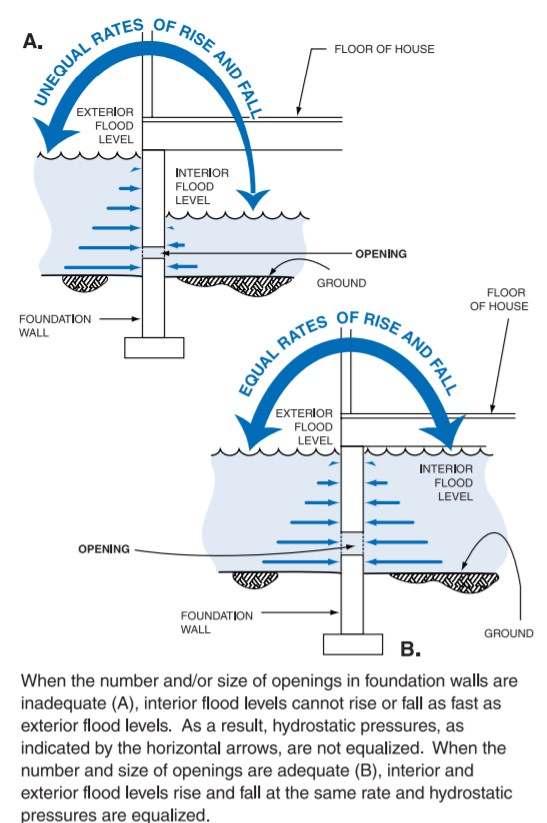
Dry Floodproofing:
- Create watertight spaces by sealing pathways for water entry (doors, windows, walls). Protect living spaces from flood damage.
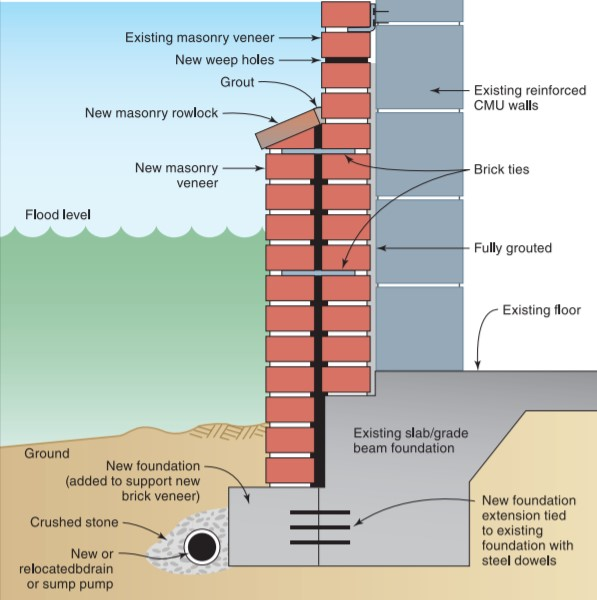
Pros and Cons of Wet Floodproofing
Pros:
- Reduces hydrostatic loads and structural damage.
- Can be implemented in stages based on budget.
- Cost-effective for homes with weaker exterior walls. (Reference: FEMA 551, 2007)
Cons:
- Requires moving vulnerable contents before floods.
- Cleanup can be time-consuming and costly.
- Potential for damage and health concerns from hazardous materials in floodwaters.
- Does not protect against high-velocity flood flow, erosion, or flood-borne debris.
Pros and Cons of Dry Floodproofing
Pros:
- Cost-effective alternative to elevating a home.
- Does not require additional land for levees or floodwalls.
- May be eligible for FEMA mitigation grant programs.
- Some measures can be temporary, eliminating unsightly barriers. (Reference: FEMA 551, 2007)
Cons:
- May not bring substantially damaged structures into compliance with floodplain management ordinances.
- Requires human intervention and adequate warning for temporary measures.
- May not minimize damage from high-velocity flood flow or wave action.
- Ongoing maintenance is necessary.
- Flood shields may not be aesthetically pleasing.
- Not recommended for floods lasting more than 1 to 2 days.
For detailed FEMA references and further information, please refer to the corresponding FEMA documents and guidelines mentioned throughout the blog. These resources provide in-depth insights into flood protection and mitigation strategies.
For immediate service or consultation, you may contact us at Allied Emergency Services, INC.
Contact Information:
- Phone: 1-800-792-0212
- Email: Info@AlliedEmergencyServices.com
- Location: Serving Illinois, Wisconsin, and Indiana with a focus on the greater Chicago area.
If you require immediate assistance or have specific questions, our human support is readily available to help you.
Disclaimer: This article is intended for informational purposes only. For professional advice, consult experts in the field.






